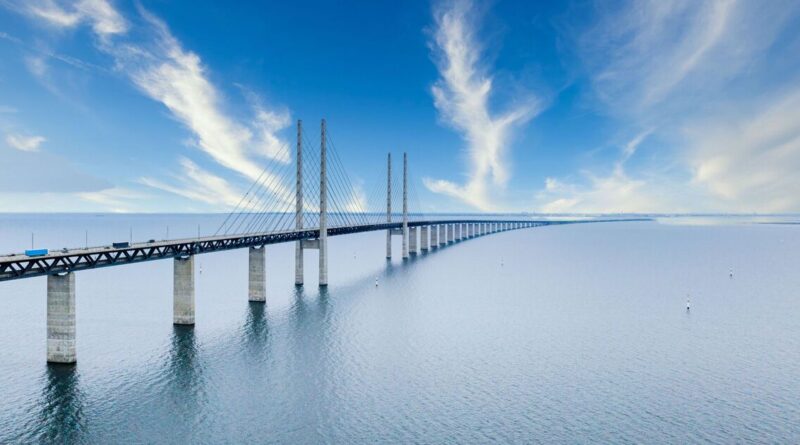The £3.4bn bridge in Europe with roads, railway and artificial island | World | News
Europe is full of jaw-dropping infrastructure projects, but very few can compete with a bridge that links Copenhagen to Malmö using not just roads and railways, but also an artificial island and an underwater tunnel. The Øresund Bridge is one of the most impressive crossings in the world and the fifth longest bridge in Europe.
It connects Denmark and Sweden across the Øresund Strait and stretches nearly 16km (10 miles) in total. It starts as a bridge from Copenhagen, turns into an island called Peberholm, and then continues as a tunnel into Malmö. According to Visit Copenhagen, the bridge carries both a motorway and a railway. The upper level has four lanes for cars, while the lower level has two railway tracks used by high-speed, freight, and commuter trains.
The bridge officially opened in July 2000 after five years of construction.
It cost around 30.1 billion Danish kroner to build (roughly £3.4 billion) and was funded by loans, which are being paid back through tolls.
As of 2025, the one-way fee for a regular car is about £52, according to the official Øresundsbron website. Discounts are available for frequent travellers.
The tallest part of the bridge reaches 204 metres, and it has a vertical clearance of 57 metres so that ships can pass underneath.
But to avoid interfering with flight paths near Copenhagen Airport, the bridge doesn’t go all the way to Denmark.
Instead, it ends on Peberholm – a small 1.3km² artificial island made from dredged materials.
According to a report by the BBC, Peberholm acts as a transition point.
From there, the crossing continues through a 4km (2.5 miles) tunnel beneath the sea called the Drogden Tunnel, eventually reaching Denmark’s Amager Island.
Peberholm has also become a nature reserve, with rare plants, birds, and insects now thriving in the untouched environment.
The entire structure is part of the European route E20 and is designed to handle extreme weather, including strong winds and freezing temperatures. It’s built to last for over 100 years.
According to official estimates, in 2024, more than seven million vehicles crossed the bridge, and around 15 million people used the train service.
A full crossing takes about 25 minutes by car or 35 to 40 minutes by train.





